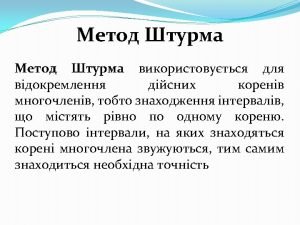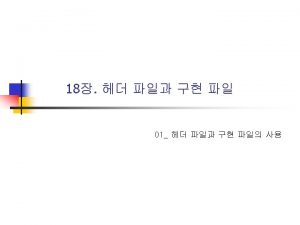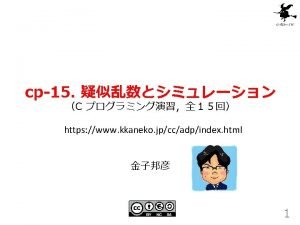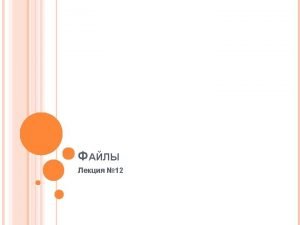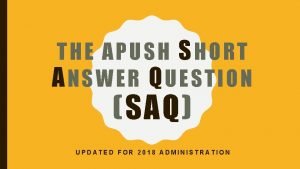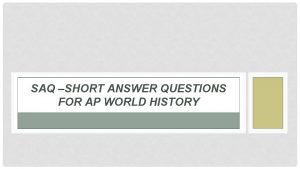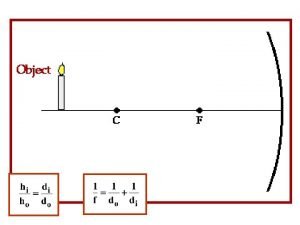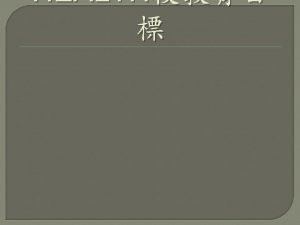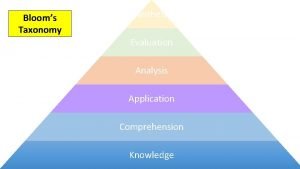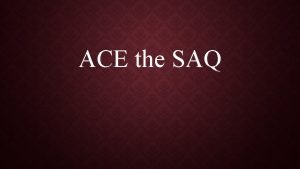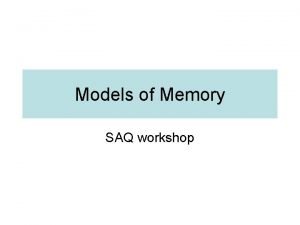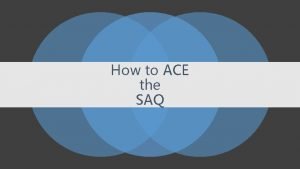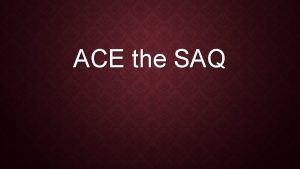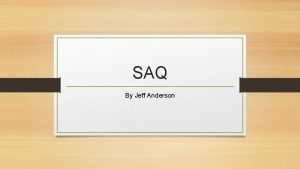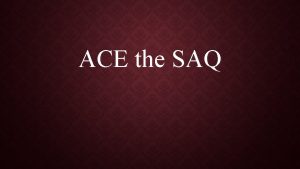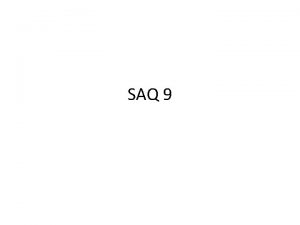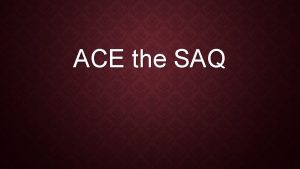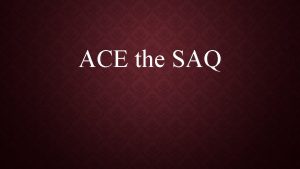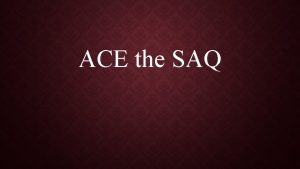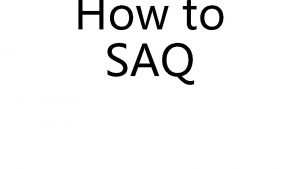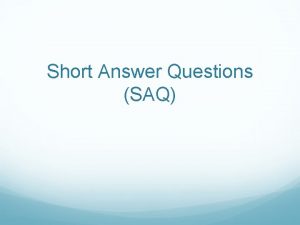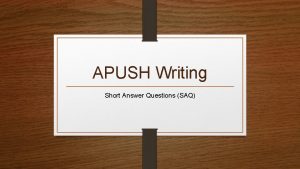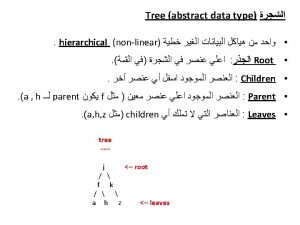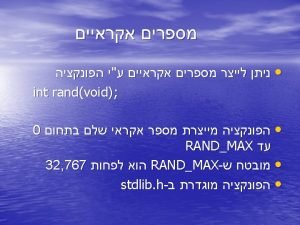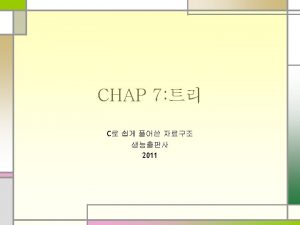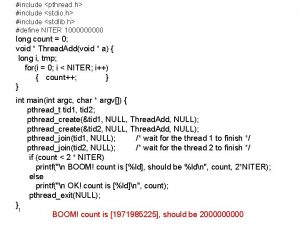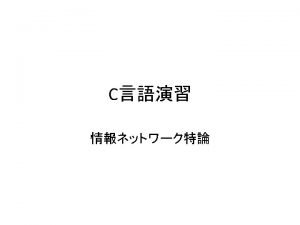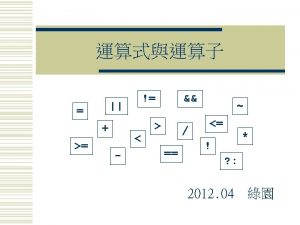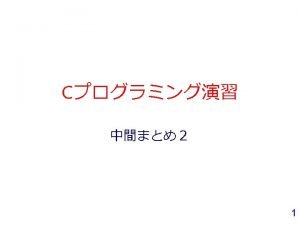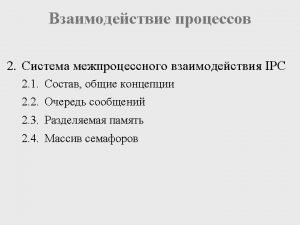Writing SAQ questions to include synthesis periodizations images



























- Slides: 27

Writing SAQ questions to include synthesis, periodization's, images and developments Images of AP World Choose a stimuli associated with your group’s periodization and develop a SAQ using your and other periodization's. Focus on State-building Expansion and conflict(political structures, forms of government, Empires, nation-states, nationalism, revolts, revolutions, and organizations


AP says YOU need to know A. B. C. Identify and explain ONE way this Olmec Megalith of ruler’s head reflects political power Identify and explain One way political power was illustrated 600 -1450 Identify and explain ONE way political power was weakened 1900 to the present.

AP says YOU need to know A. Identify and Explain ONE significant role of the Ziggurat on Mesopotamian Society. B. Identify and Explain TWO pieces of monumental architecture from 600 B. C. E-600 C. E

AP says YOU need to know A. Identify and Explain ONE way Asoka’s stupas impacted the spread of Buddhism B. Identify and Explain ONE Impact of Constantine’s Conversion to Christianity had on Rome C. Identify and Explain ONE state sponsored belief system 600 -1450 had on political structures.

AP says YOU need to know A. B. Identify and explain ONE way Rome employed coercive labor to build the architecture illustrated Identify and Explain TWO ways Coercive labor helped to build monumental architecture

AP says YOU need to know A. B. Identify and Explain TWO was Chin Shi Huang Ti Employed legalism Identify and Explain ONE way the Han Dynasty state sponsored Confucianism

AP says YOU need to know A. Identify and Explain ONE purpose for the building of this wall. B. Identify and Explain ONE military technology from 600 -1450 C. Identify and explain ONE for of military technology from 1900 -Present

AP says YOU need to know A. Identify and Explain ONE way religion and politics worked in the society illustrated here B. Identify and explain TWO examples of religion and politics working similarly 1450 -1750

AP says YOU need to know A. Identify and Explain ONE impact religion had on the image represented here B. Identify and Explain TWO impacts this religion had on two other regions

AP says YOU need to know A. Identify and Explain ONW way religious pluralism impacted the image represented here. B. Identify and explain ONE way religious pluralism had a positive impact on a society 1450 -1750 C. Identify and explain ONE way religious pluralism had a negative impact on society 1450 -1750

AP says YOU need to know A. Identify and explain One way religion supported the political structures illustrated here. B. Identify and explain TWO religious conflicts 1450 -1750.

AP says YOU need to know A. B. Identify and explain ONE way city-states governed in the era of this illustrated Identify and explain TWO ways decentralized political systems governed 600 -1450

AP says YOU need to know A. B. Identify and explain ONE influence of the Byzantine Empire in this illustration. Identify and Explain TWO impacts of Rome on the Byzantine Empire

AP says YOU need to know What society/culture is this from? Where is that society located? What does it represent? When was it created?

AP says YOU need to know What society/culture is this from? Where is that society located? What does it represent? When was it created?

AP says YOU need to know What society/culture is this from? Where is that society located? What does it represent? When was it created?

AP says YOU need to know What society/culture is this from? Where is that society located? What does it represent? When was it created?

AP says YOU need to know What society/culture is this from? Where is that society located? What does it represent? When was it created?

AP says YOU need to know What society/culture is this from? Where is that society located? What does it represent? When was it created?

AP says YOU need to know What society/culture is this from? Where is that society located? What does it represent? When was it created?

AP says YOU need to know What society/culture is this from? Where is that society located? What does it represent? When was it created?

AP says YOU need to know What society/culture is this from? Where is that society located? What does it represent? When was it created?

AP says YOU need to know What society/culture is this from? Where is that society located? What does it represent? When was it created?

AP says YOU need to know What society/culture is this from? Where is that society located? What does it represent? When was it created?

AP says YOU need to know What society/culture is this from? Where is that society located? What does it represent? When was it created?

Need to know visuals key: 1. 2. 3. 4. 5. 6. 7. 8. 9. 10. 11. 12. 13. 14. 15. 16. 17. 18. 19. 20. 21. 22. 23. 24. 25. Title Slide Olmec, Mesoamerica, representation unclear – student interpretation, 900 BCE Mesopotamians/Sumerians/Ur, ziggurat, 2000 BCE India, Sanchi Stuppa (Buddhist Relics), 240 BCE Romans, France to Rome, Pont Du Gard Aqueduct, 50 CE Qin, China, Shi Huang’s Terra Cotta Army, 210 BCE Qin, China, Great Wall, 220 BCE Byzantine, Constantinople – Hagia Sophia, Virgin and Child flanked by Constantine the Great and Justinian (also the great). 1261. Spain, Alhambra, last Muslim Dynasty in Spain, 1350. Khmer Empire, Cambodia, Angkor Wat (Buddhist Temple) , 1150. Notre Dame, France, Roman Catholic Cathedral (Flying Buttresses) 1345. Italian Renaissance, School of Athens by Raphael, 1510. Russia, Eastern Orthodox Church, St Basil’s Cathedral. Commissioned by Ivan the Terrible, 1561 India, Taj Mahal, built as a mausoleum for Shah Jahan’s wife, 1650. Mexico, Castas, 1700. Used to keep track of social structure as people intermarried in the new world. France, Palace of Versailles, Home of French Kings for 100 years, home of the Peace Treaty that ended WWI. 1710. France, Liberty Leading the People, Delacroix, 1830. Represents the SECOND French Revolution. Japan, woodblock prints. The Great Wave of Kanagawa, Hokusai. 1833 United States, American Progress, Gast, 1872. Manifest Destiny. Netherlands, Van Gogh, Starry Night, 1889, expressionism art. New York, “Street Arabs in Sleeping Quarters” Jacob Riis. 1890. Tenement Housing in 1890’s. Spain, Picasso, Guernica. 1937. Response to the bombing of Geurnica by Germans and Italians at the request of Spanish Nationals. Anti-war painting. Saigon, Vietnam, Thich Quang Duc's Self Immolation, 1963. Buddhist monk protesting treatment of Buddhist monks by the South Vietnamese government. US, 1942, boosting morale in factories during WW 2, Miller. China, Communist China. “Tank Man”, Day After Tiannamen Square Protests, 1989.
 #include stdio.h #include conio.h #include stdlib.h
#include stdio.h #include conio.h #include stdlib.h #include stdio.h #include stdlib.h int main()
#include stdio.h #include stdlib.h int main() C++ include iostream
C++ include iostream #include iostream #include cmath
#include iostream #include cmath Include stdlib h
Include stdlib h Stdlib.h
Stdlib.h Fpos_t
Fpos_t #include iostream using namespace std
#include iostream using namespace std Saq format
Saq format Saq formula
Saq formula What is a saq apush
What is a saq apush Ap world history saq
Ap world history saq Real images vs virtual images
Real images vs virtual images Real images vs virtual images
Real images vs virtual images Httpstw
Httpstw How to save images on google images
How to save images on google images Https://tw.images.search.yahoo.com/images/view
Https://tw.images.search.yahoo.com/images/view Comprehension application
Comprehension application What are synthesis questions
What are synthesis questions This essay paints a picture with words
This essay paints a picture with words
